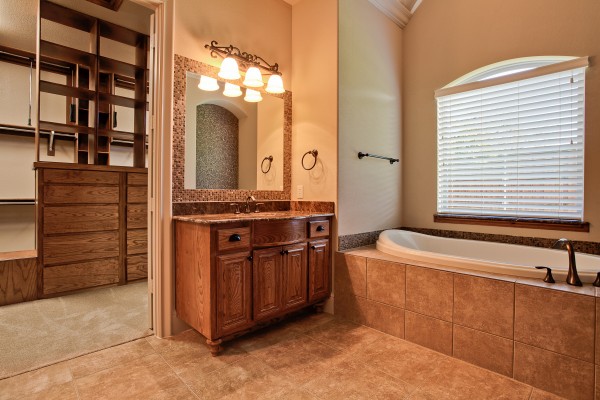
Closets are extremely important when it comes to purchasing or selling a home. Storage space is something that is a high priority for everyone, particularly those with large families. Typically, if you’re purchasing a custom home you take pride in the way your house appears, and have certain design ideas already in place. Many of our clients express great concern and interest in the closet design within their home. When designing custom closets you want to be sure you plan ahead. Leaving things to chance or quickly throwing a concept/plan together can be a devastating mistake, can cause a disorderly house, can be an incessant cause of grief in your day-to-day activities, and can be bad for resale value.
Luckily, there are a few steps you can take ahead of time to ensure you’re covering your bases when planning out your closet design. First, know that there are professionals that can help you. If you so choose, you can hire a company that specializes in custom closet design. Obviously, they will be able to “spec” out for you an ideal plan based on your input and assist with all your concerns/questions, including what the closet will be made out of, common problems people run into with their closets, and new chic closet trends. You also have the help of your custom home builder. Builders have a lot of experience under their belt because of their building experience. The closets don’t just magically appear, and often the closet designers hand the builders the plans. They have first-hand experience with what others have done in a space like yours or in a scenario like yours, and can easily sketch up some plans that can work for you. Lastly, you have your local hardware store, or interior design magazines that you can turn to for ideas/concepts. Hardware stores provide a little more hands-on experience, especially because you can seek out the advice of the sales representatives in that particular section of the store.
When you have a good idea of what you’d like your closet to look like (meaning, a rough layout and color scheme), start to dive into the necessary details that so many forget.
- Figure out how much space you will need. You can do this by taking a rough estimate of all the clothing items you currently have that you’d like to store in your future closet. Be sure to include things that you plan on transferring from a dresser to a closet. For example, if you normally keep your socks in a dresser, but would like to have them stored in the closet in your new home, take that into account. Analyze how much space you’ll need for items like shoes (i.e. shoe racks), hanging items, and possibly drawers.
- Separate out all of your clothing into categories (i.e. hanging, folding, socks, shoes, belts, etc.). This will not only give you a good idea of how much overall space you’ll need, but also how much space need to be reserved for certain areas (i.e. hanging areas).
- Many people forget to include items like baskets within their new custom closets. These are particularly helpful for holding items that don’t fold easily and don’t hang. You might store undergarments, socks, hats, or scarves in these.
- If you have a lot of clothes that hang, but don’t necessarily hang full-length (to the floor), consider using parallel bars to give you additional storage space for items like skirts or blouses.




